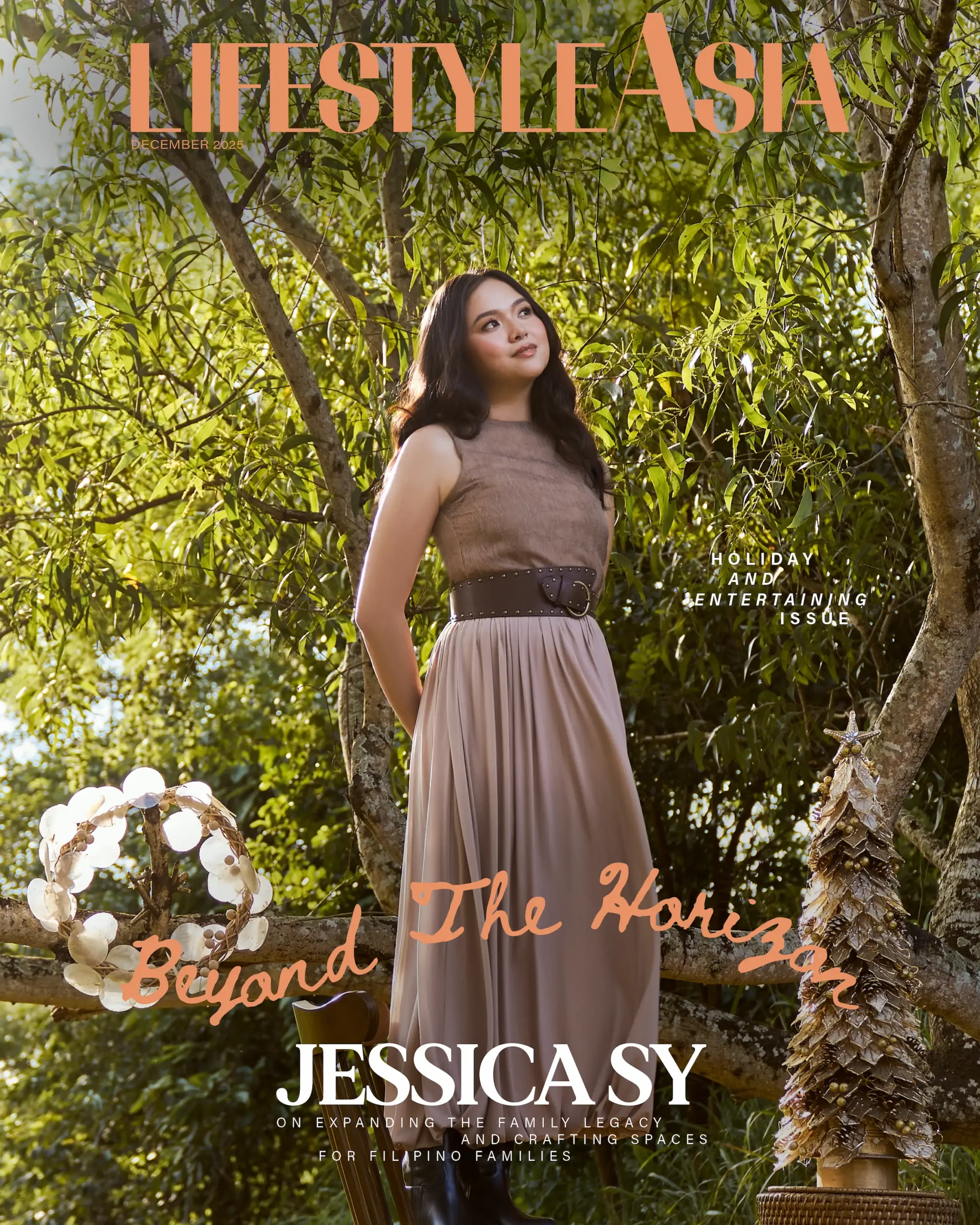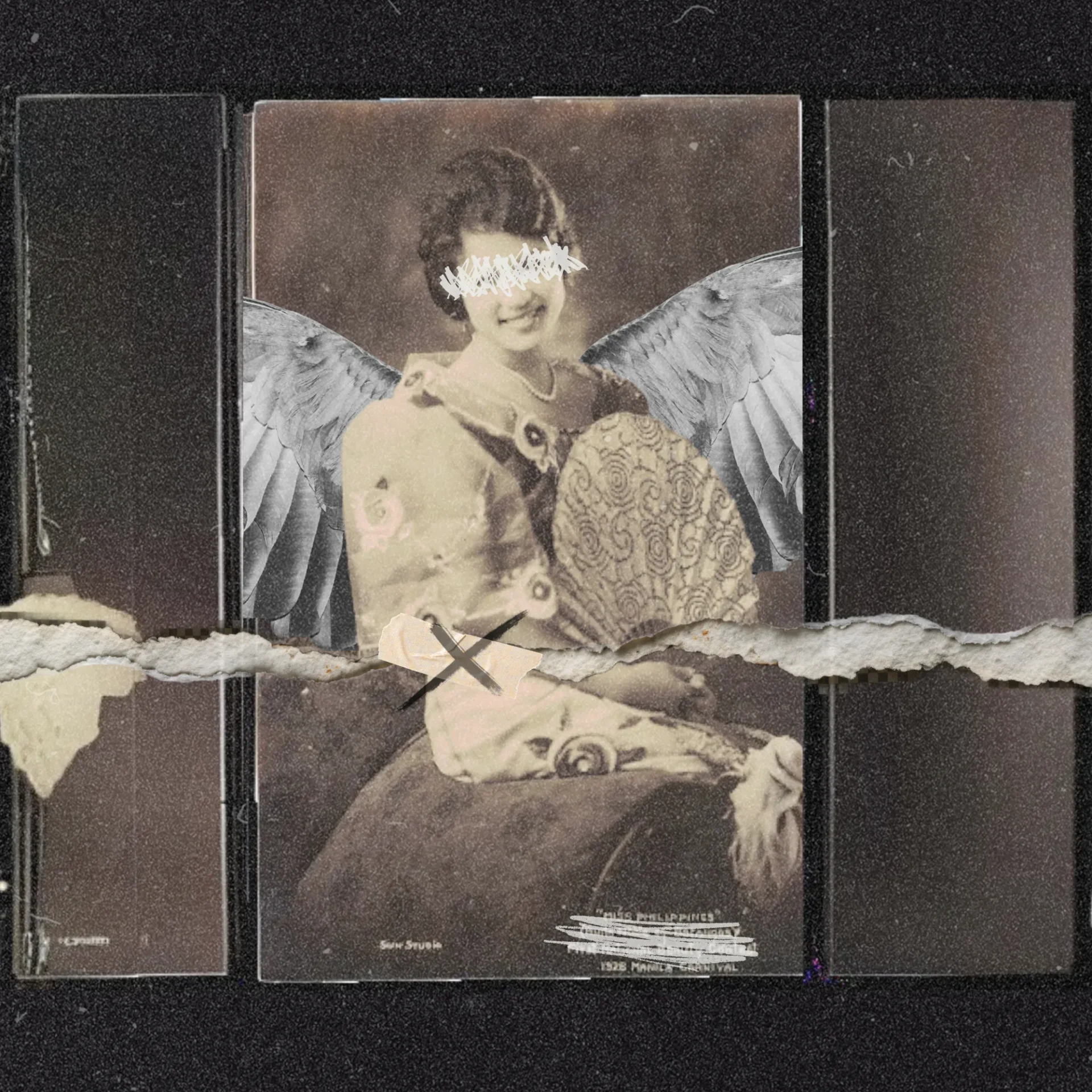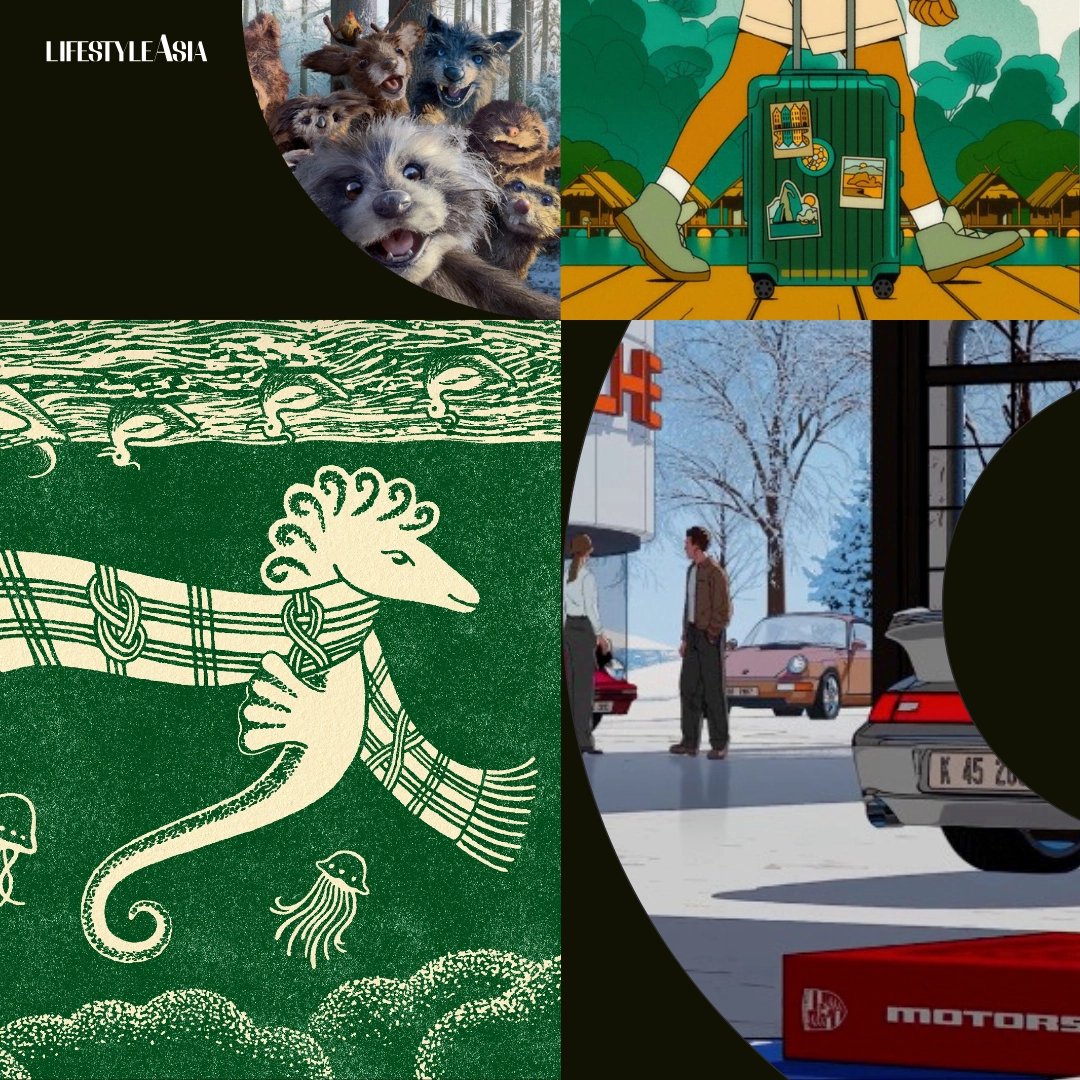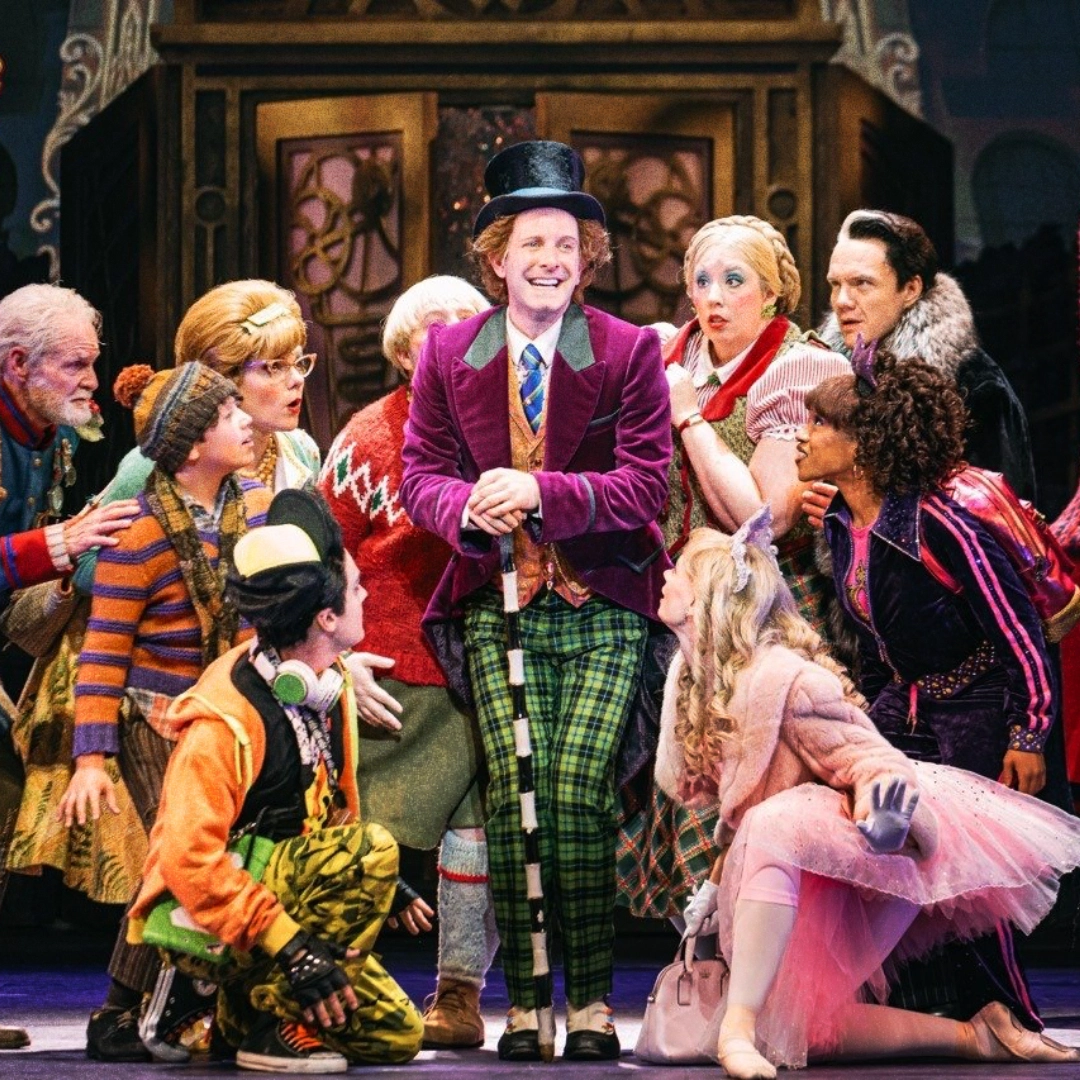Over a year since it hit mainstream theaters, Luca Guadagnino’s Challengers remains a modern cultural touchstone—shaping the generational zeitgeist through storytelling, fashion, and music. Let’s call it what it is: The Challengers Effect.
In April 2024, director Luca Guadagnino’s sexy, stylish tennis drama Challengers hit silver screens around the world. The film, which stars Zendaya (a modern day mega-star stepping into a more adult role), alongside rising talents Josh O’Connor and Mike Faist, became a surprise box office success: grossing nearly $100 million on a budget of roughly half of that. But the film’s impact extended far beyond ticket sales. Critics and moviegoers praised it as a rare original story for adults in a cinematic landscape dominated by superheroes and franchises.
Online, Challengers sparked endless discourse and memes, especially around that now iconic three-way make out scene. Tennis-inspired outfits began appearing across Instagram feeds and high-fashion collections. Most notably, there was a visible upswing in tennis participation among adults. Guadagnino may not have expected it, but his film transcended cinema to become a full-blown cultural moment, a rare feat for a mid-budget drama with no connection to outer space (hello, Dune) or comic book heroes (hello, MCU).

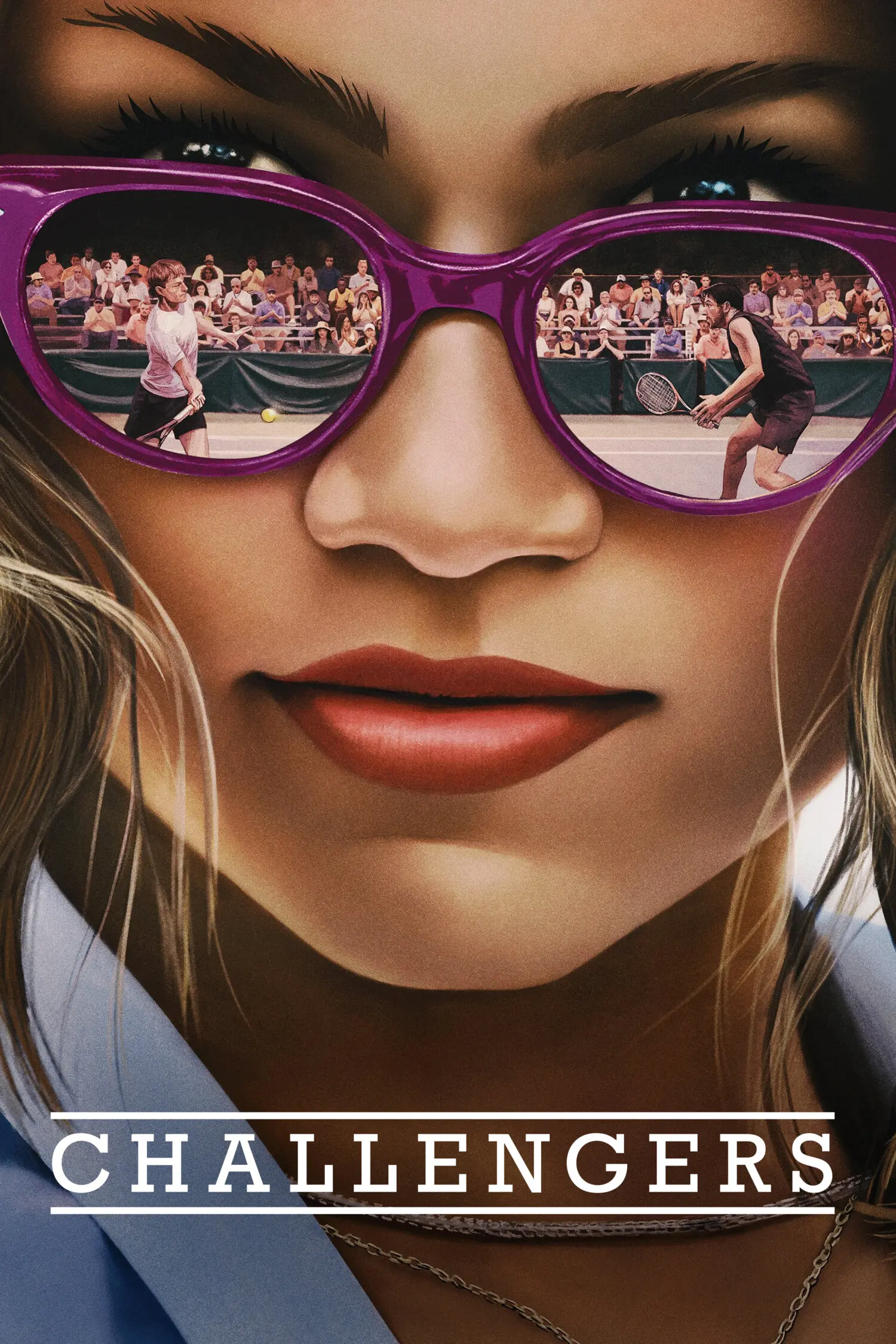
One year later, Challengers’s mark on pop culture hasn’t faded. During the recent Wimbledon tournament, Polo Ralph Lauren released a series of stop-motion ads mimicking the film’s iconic tennis sequences, with audience heads snapping left and right as they follow the ball. The brand, best known for polo shirts and classic Americana, had nothing to do with Challengers when it first came out, but jumped on the tennis-core trend over a full year later, proof that the hype isn’t waning just yet.
There are plenty of other examples of Challengers’s staying power in 2025. British brand Jellycat created a similar head-turning ad campaign to promote their plushie toys on social media. Lululemon re-launched its tennis collection shortly after the film’s original release in 2024. And beyond fashion, Challengers left its mark on film and music. The heart-pounding techno score by Atticus Ross and Trent Reznor became one of the most played soundtracks of the year and has since influenced other composers. Most recently, fans have noted its echoes in Hans Zimmer’s electronic score for the newly released F1, starring Brad Pitt.
So, why? Why did this mid-budget tennis drama create such a stir, and why does it still resonate with people today? It all boils down to one thing: The Challengers Effect.
What Is The Challengers Effect?
Admittedly, we’re not the first people in the world to coin the term. However, I did randomly blurt it out during an editorial meeting last week, after one of my teammates showed me that aforementioned Ralph Lauren stop-motion commercial—which ended up inspiring this entire article. After a quick Google search, I was surprised to find that not many people or publications were actually using the phrase.
Online magazine Flex Dog used it in a June 2024 article chronicling the evolution of tennis fashion trends. Tennis.com also dropped the term in a piece reporting a 245% global increase in Google searches for adult tennis lessons. Other websites have used it too, each in their own niche way. For instance, Fitzness.com referenced The Challengers Effect when explaining the sudden rise in people chasing a “tennis body” after the film was released.
All these examples count, but for our purposes, we can define The Challengers Effect as simply this: the cultural shift in mood, fashion, tone, and conversation sparked by its eponymous film.
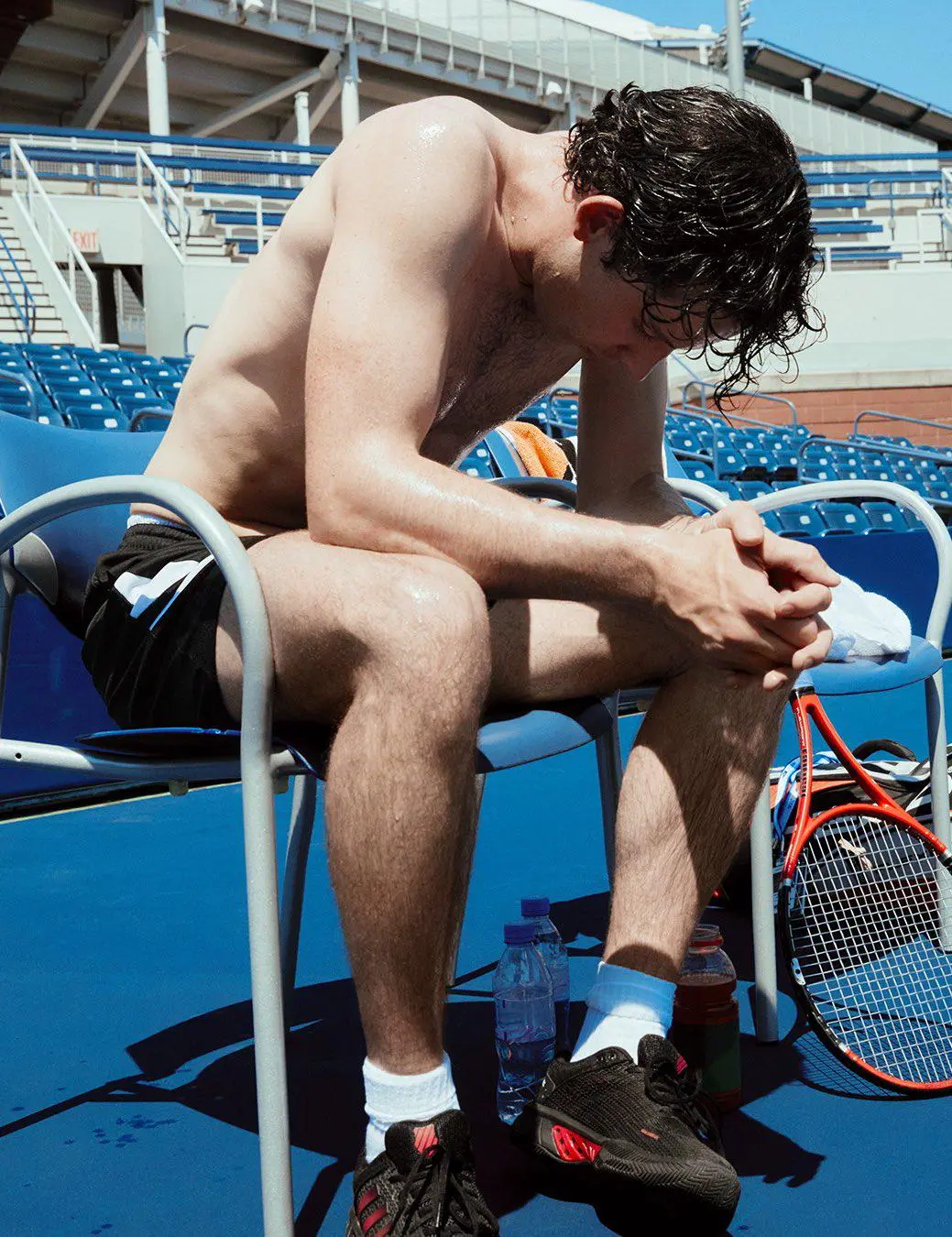
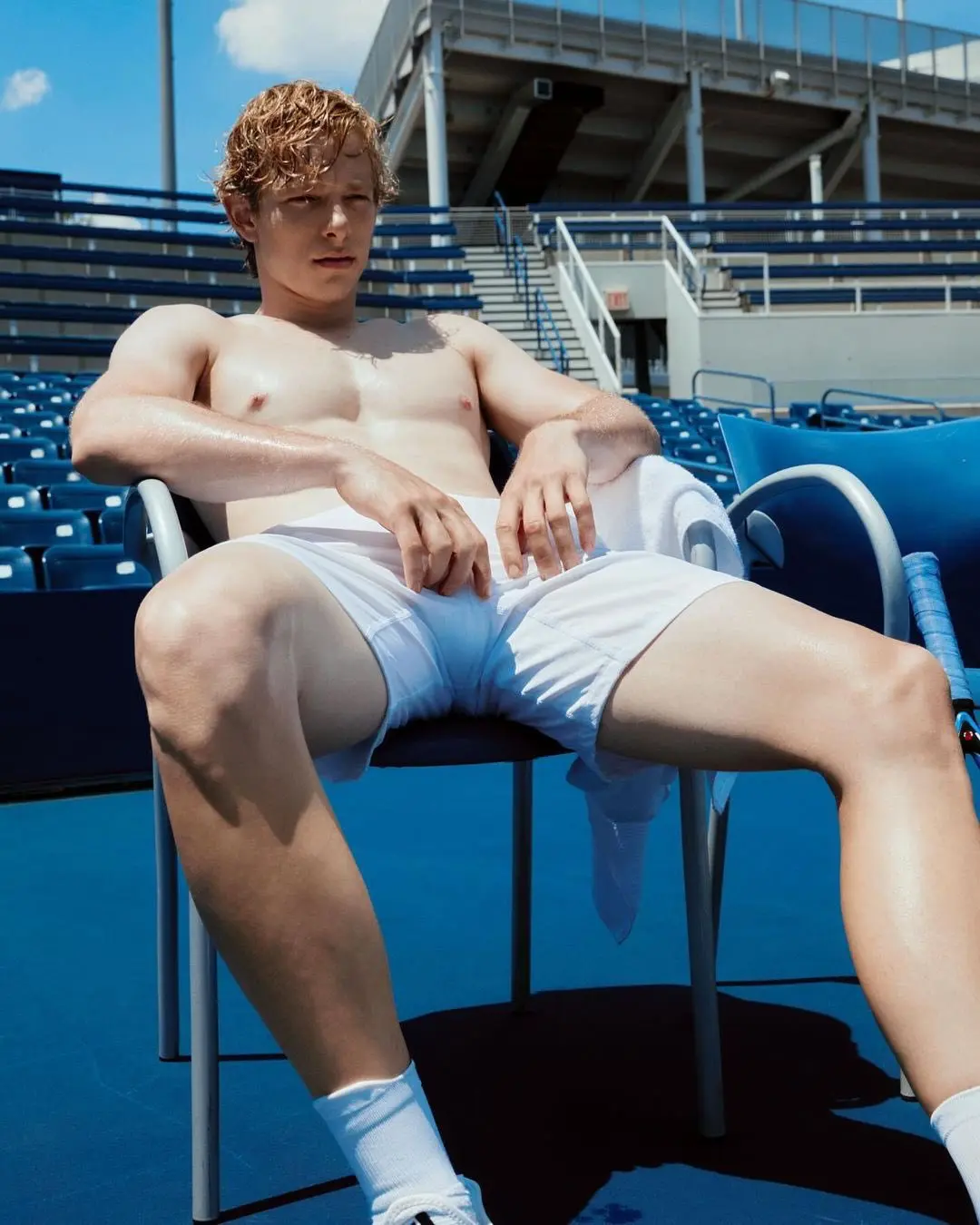
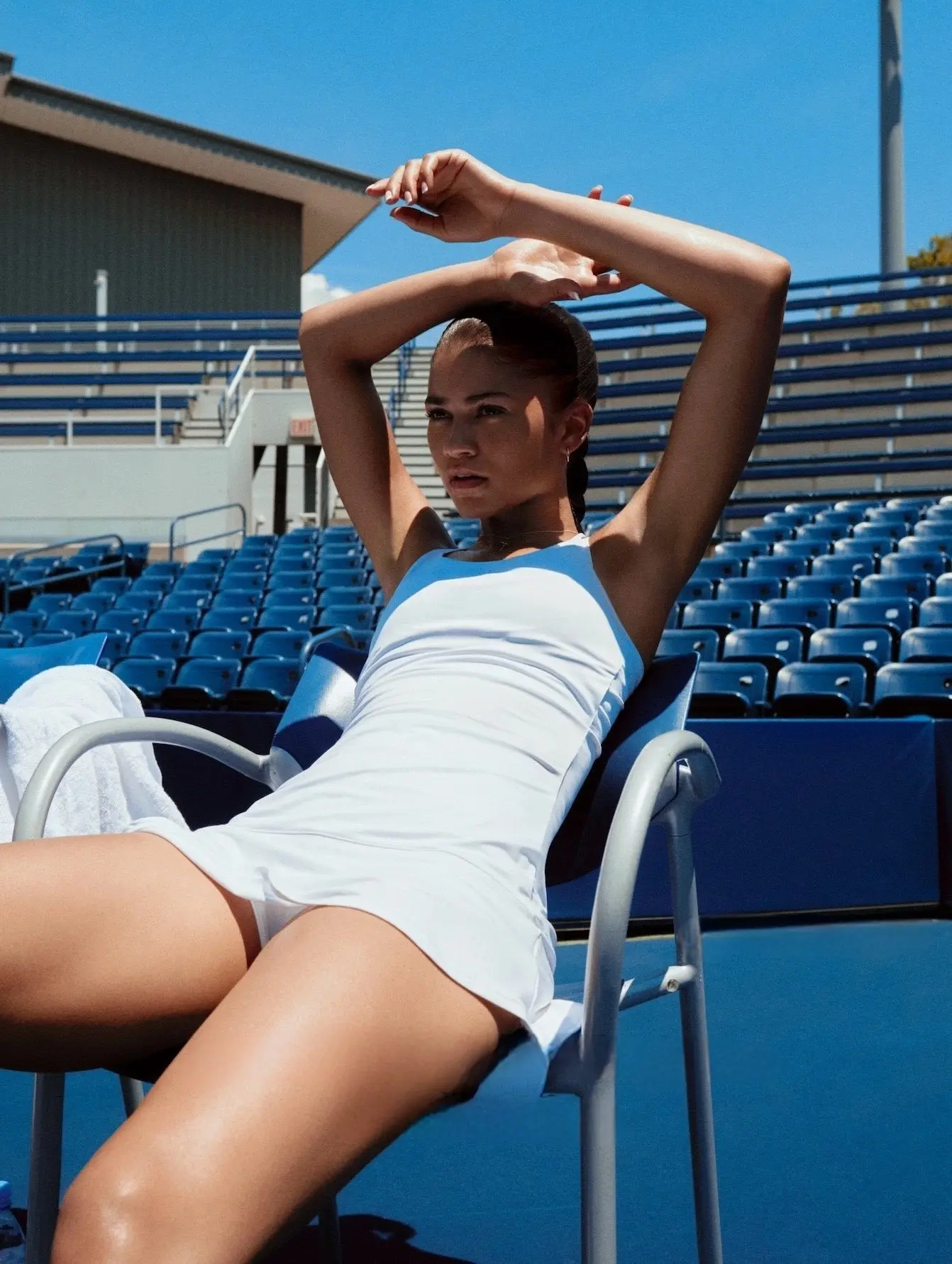
I’ve already pointed out a few concrete trends in fashion, film, and music (“tennis-core” moments will undoubtedly continue popping up for years to come). Yet even from a more human or anthropological standpoint, the film is as popular as ever. On X, plenty of desirous (errr…fine, horny) users are still thirsting over the film’s iconic trio, meme-ifying them to a whole new level and reigniting conversations around sex, both in film and modern eroticism.
But what fascinates me most is the movie itself. What actually made Challengers a compelling, rare film that managed to break through and become the cultural moment it is?
What Gives The Film The “It” Factor
In 1927, silent film star Clara Bow was dubbed by writer Elinor Glyn as Hollywood’s original “It Girl,” a nod not only to her breakout film It, but also to that indescribable, mysterious quality that made her a generational trendsetter. Sometimes, you just have it. As the decades rolled on, each era crowned its own “It” people—those who embodied the cultural moment simply by existing, radiating talent, charisma, and undeniable pizzazz.
Everyone involved in Challengers has that It factor, taking what could’ve been a standard tennis drama and turning it into a strikingly modern cultural moment through elements like its sleek style, pulsing soundtrack, layered storytelling, and fashion-forward aesthetic. At the center of it all is director Luca Guadagnino, who’s been working in the film industry for decades, but only gained international acclaim with the 2017 release of arthouse hit Call Me By Your Name.
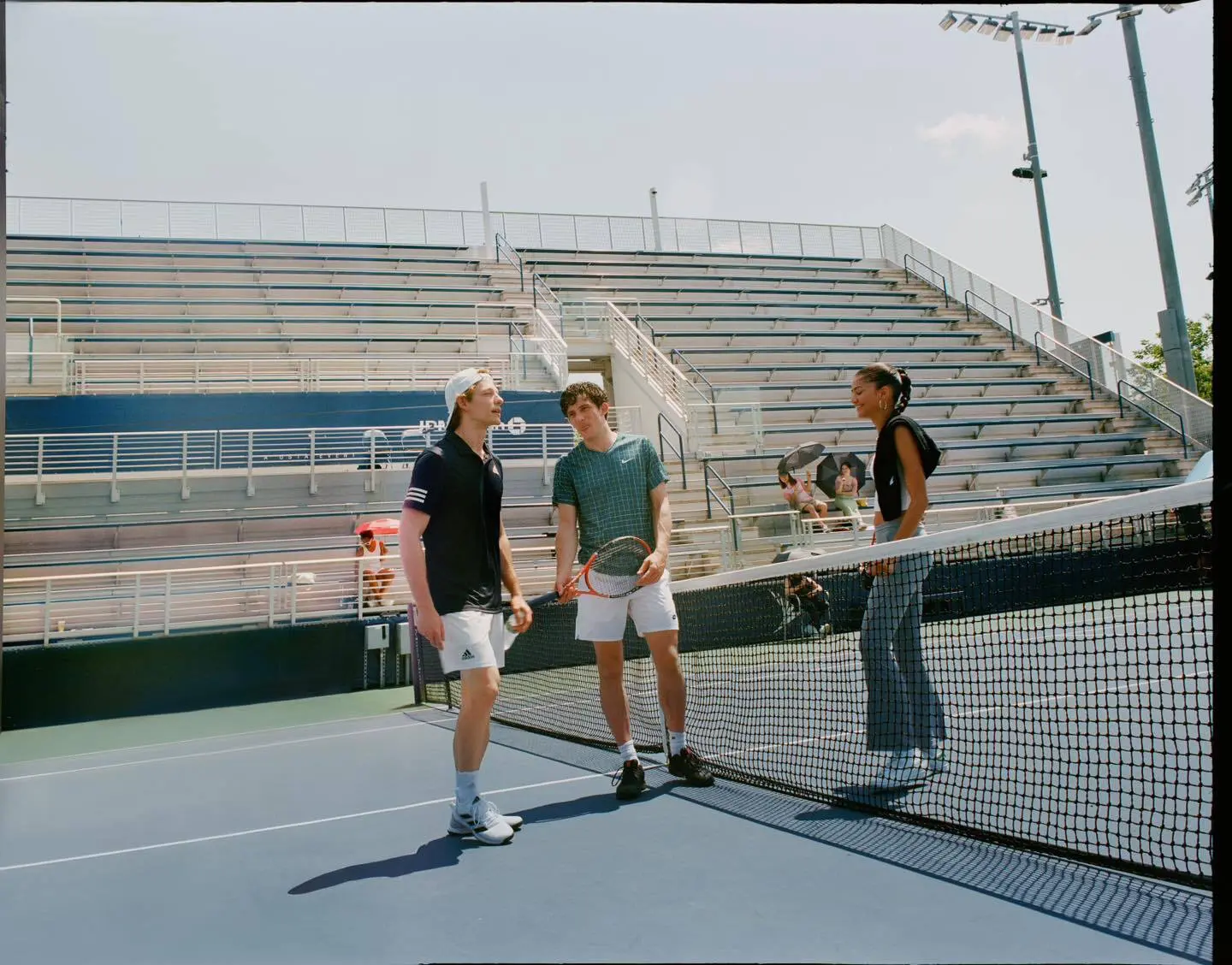
Guadagnino, while not often mentioned alongside today’s most celebrated auteurs, is in many ways underrated. The Italian director has a knack for injecting each film of his—whether it’s a remake of a ’70s cult horror or a heartbreaking queer romance—with passion, sexuality, undeniable style, and gorgeous music. His signature flourishes are all over Challengers, making it one of the most visually and emotionally striking mainstream films out there in a landscape dominated by popcorn fare.
With its wide theatrical release (the biggest for a Guadagnino film), the movie truly struck a chord, introducing the auteur to a broader audience than ever before—many of them discovering for the first time just how sexy and nuanced his storytelling can be. This, I’d argue, is the first ingredient that gives Challengers its It factor and instant cultural influence.
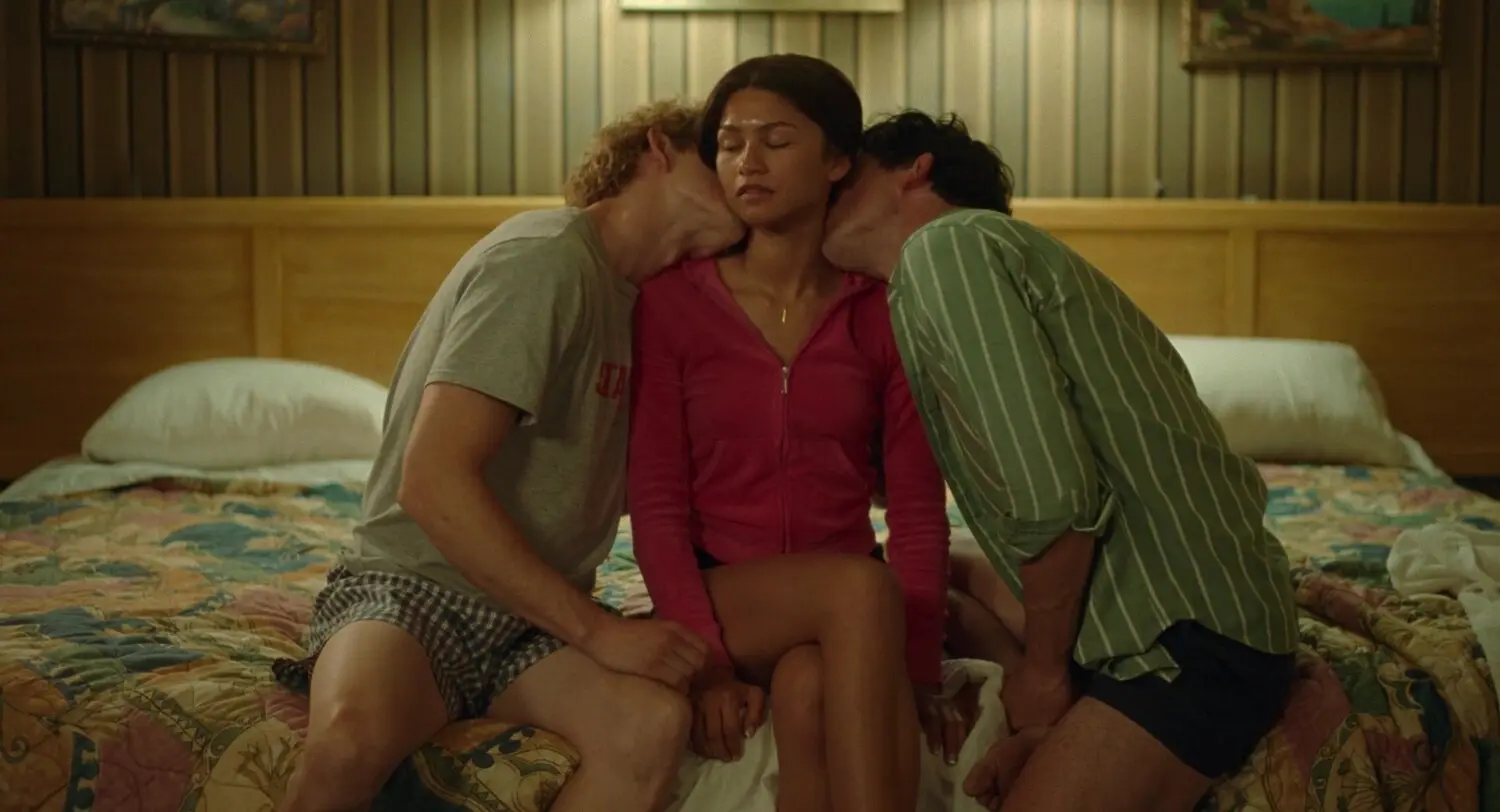
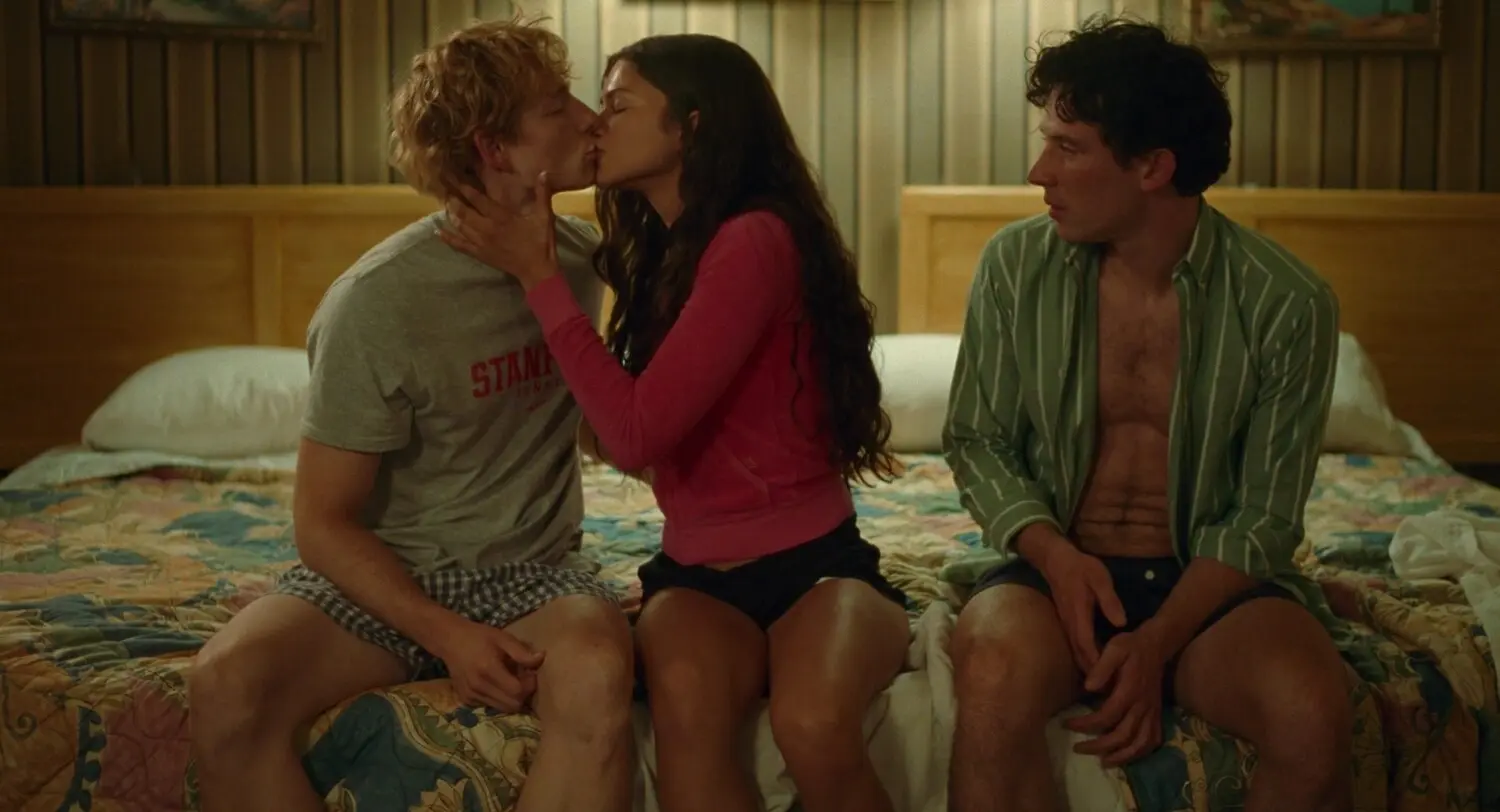
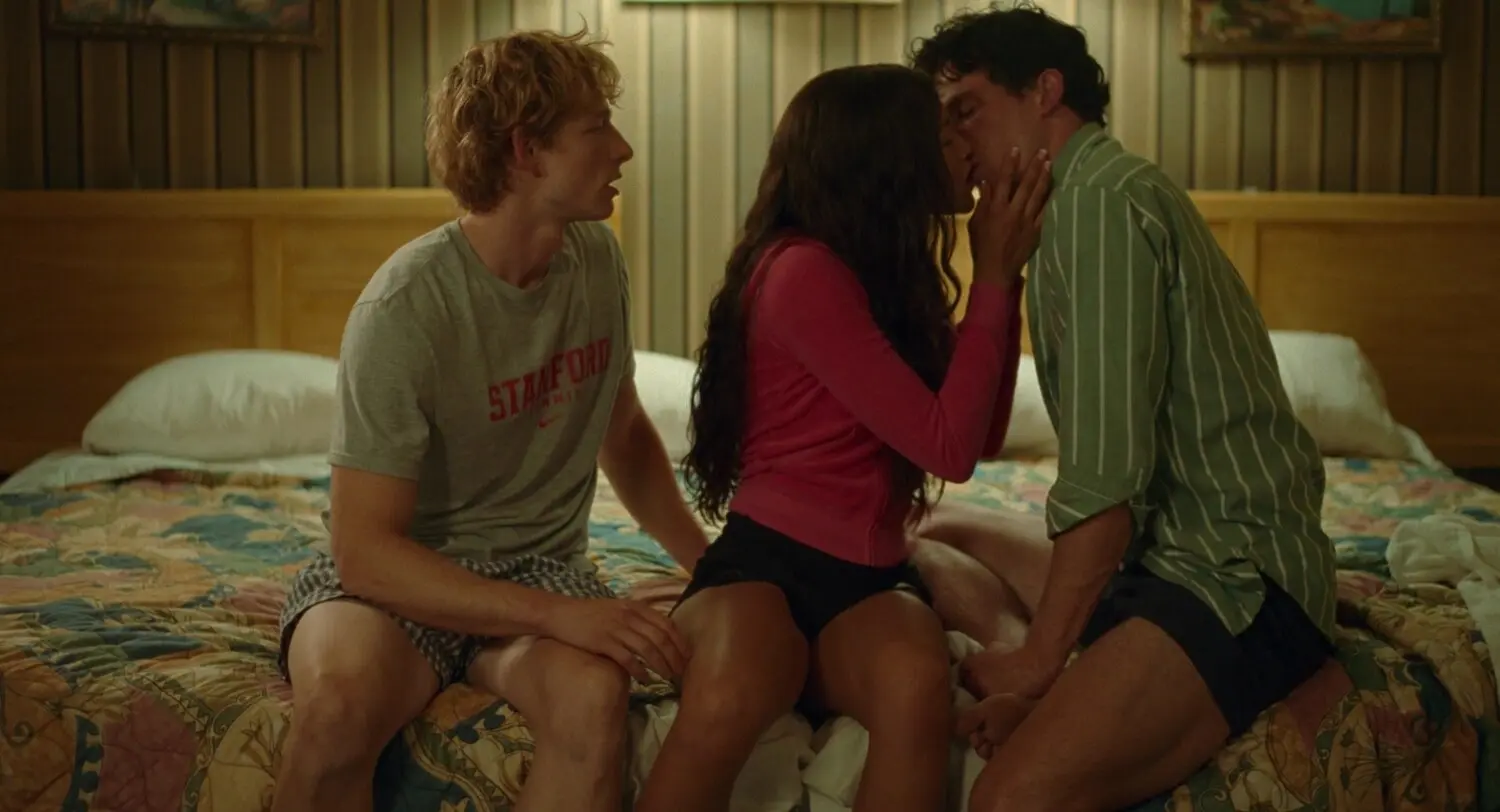
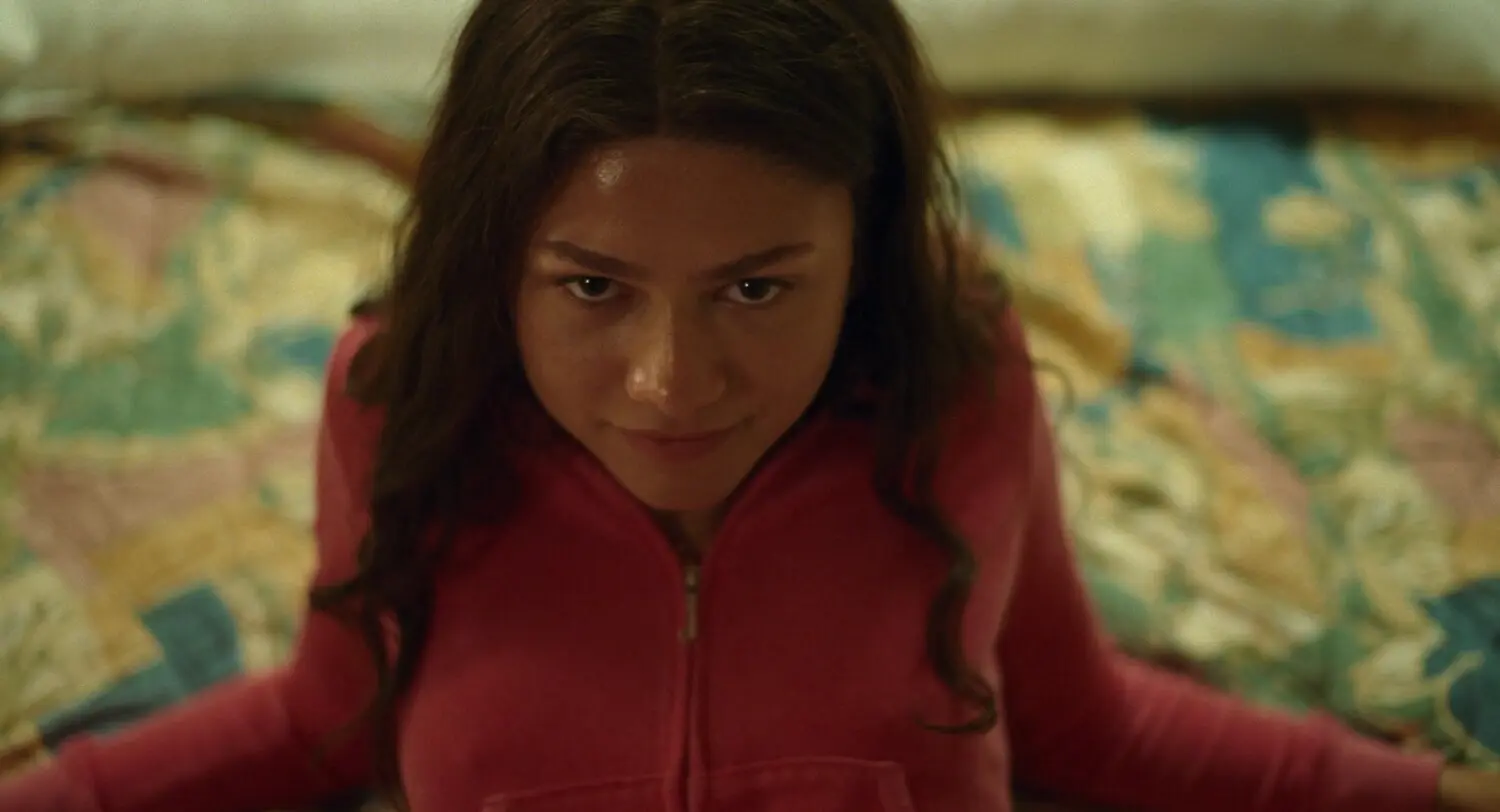
In the very capable hands of Guadagnino (paired with the sharp, thoughtful writing of Justin Kuritzkes), Challengers became more than just a sports drama centered on a love triangle. It’s a film invested in exploring human nature: what makes people tick, and the sexuality that’s so often sidestepped in mainstream cinema. In an era where younger audiences seem increasingly hesitant to engage with those themes—especially compared to the sanitized, ultra-nonsexualized portrayals of modern movie heroes (most of them wearing capes)—Challengers dares to go there.
The sexual discourse that Challengers sparked among young people fits right in with the broader, more fluid conversations around gender and sexuality that’s front and center today. The film pushes against labels, featuring not just a classic love triangle (two men vying for one woman), but also a layered look at the intense, possibly repressed dynamic between the two male best friends. In short, Guadagnino’s stylish flair, combined with the film’s bold spirit and unfiltered portrayal of a modern generation, made it resonate deeply with young audiences. Challengers didn’t just connect—it captured a cultural zeitgeist, much like The Graduate or Bonnie and Clyde did in 1967 for a generation longing for free love.
READ ALSO: Jaws At 50: The Story Behind Steven Spielberg’s Landmark Masterpiece
With A Little Help From His Friends
Of course, Guadagnino had some help from his superstar friends. Aside from the previously mentioned screenwriter Justin Kuritzkes (whose exceptional screenplay played a major role in Challengers’s rise to icon status), the stars truly aligned when it came to Guadagnino’s collaborators. Quite literally.
It all starts with the film’s main star, Zendaya, who plays Tashi Duncan: a once promising tennis prodigy forced to give up her career after a sudden injury. Zendaya helped bring Challengers to Guadagnino, producing it alongside Amy Pascal as a way to shift her persona into more adult territory, following her success in TV, the Spider-Man franchise, and a giant sci-fi epic like Dune. Challengers placed her squarely at the center. Not just as the object of two men’s desires, but also as a complex, icy, emotionally tangled woman with layers of vulnerability.


Pairing her with two young, unconventional heartthrobs and immensely talented actors, Josh O’Connor (best known for The Crown) and Mike Faist (fresh off his critically acclaimed turn in Steven Spielberg’s West Side Story), only elevated the film further. Both were ideal sparing partners, bringing an intensity and unpredictability that matched Zendaya’s energy beat for beat.
The brilliant performances of the central trio played a huge part in Challengers’s success. They were the faces and emotional anchors of the story. But everything around them deserves credit too. That includes Atticus Ross and Trent Reznor’s distinct score; Marco Costa’s razor-sharp editing, which delivered some of the most thrilling tennis scenes ever put on screen; and Sayombhu Mukdeeprom’s (a Guadagnino regular) stylish cinematography, which bathes the film in sensual light and slick, kinetic energy.
Then there’s possibly the most important figure behind Challengers’s lasting, tangible influence on pop culture imagery: costume designer Jonathan Anderson.
Jonathan Anderson And The Challengers Look
In an Italian hotel in 2017, Guadagnino met Jonathan Anderson, the fashion visionary behind JW Anderson and the creative force behind the revitalization of Loewe’s cultural relevance. Little did they know that six years later, they would form one of the most unexpected and exciting creative partnerships modern cinema has seen in a while.
2024 saw the release of two buzzworthy films that showcased both men’s range and aesthetic boldness: the contemporary-set Challengers, and the period drama Queer, starring Daniel Craig (an adaptation of William S. Burroughs’s “unfilmable” 1950s semi-autobiography).
While Queer quietly came and went without much fanfare, Challengers became a year-long cultural obsession, not just for the reasons we discussed, but also for its unforgettable wardrobe. In an interview with W Magazine, Anderson described the costumes he designed for Challengers as “…everyday wear, and it’s set in the world of competitive tennis. What I was obsessed about was that in America, Americans buy the brand—it’s McDonald’s; it’s Nike.”
Perhaps that’s exactly where the film’s iconography finds its power. Anderson’s brilliance lies in his ability to elevate athletic and everyday wear with his signature modern touch. The pieces worn by the characters in Challengers feel like real clothes you’d see on actual people. And yet, thanks to Anderson’s unmistakable eye, they carry a stylish edge that feels aspirational without being out of reach.



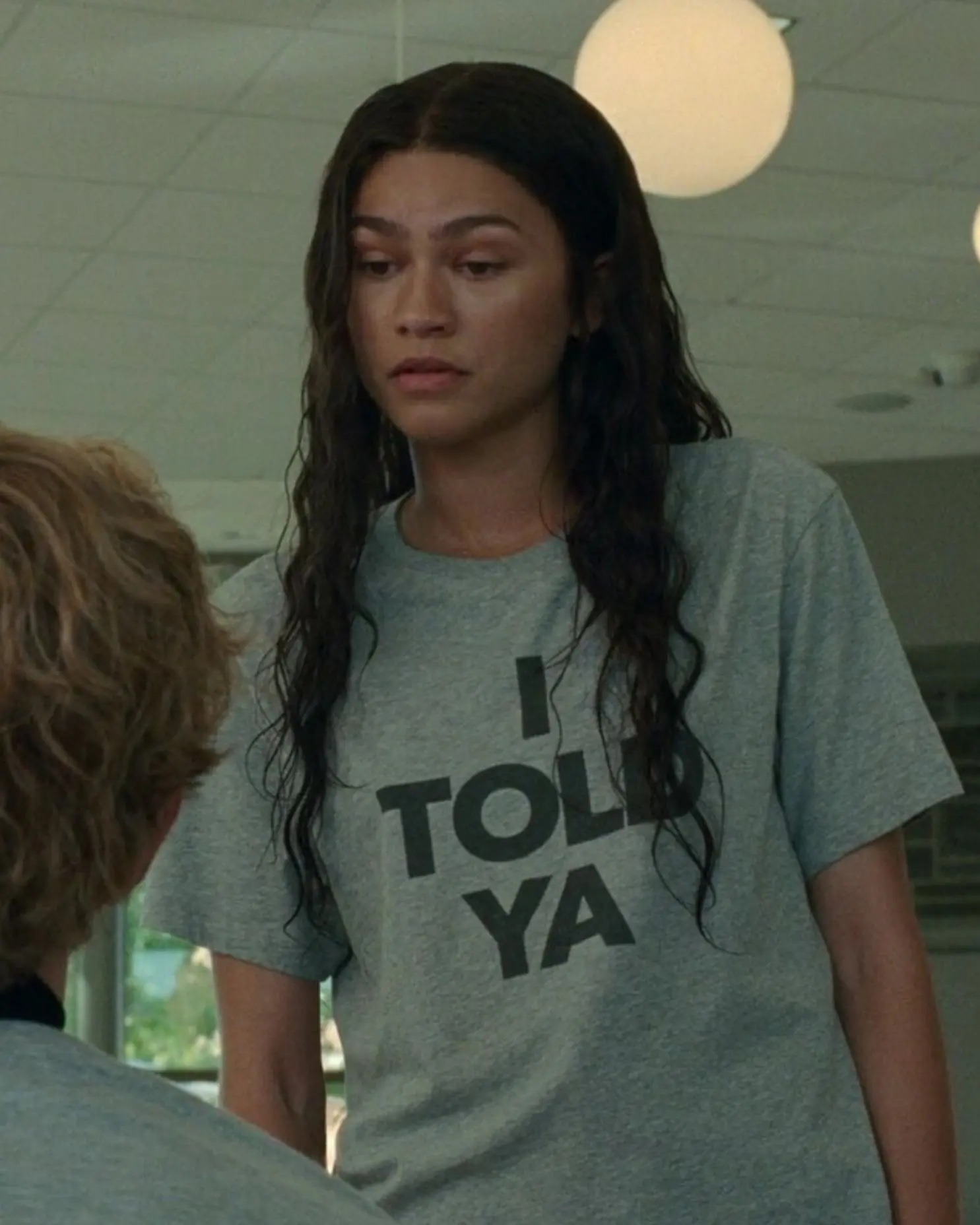
Take the now-iconic “I Told Ya” shirt, worn by both Zendaya and Josh O’Connor in the film. At first glance, it looks like a simple gray statement tee, but it’s actually a nod to John F. Kennedy Jr.’s style in the ’90s (a main inspiration for O’Connor’s character Patrick Zweig). Kennedy was photographed several times wearing a white version of the shirt, which bore the same phrase: a reference to his father’s 1961 campaign pins. Loewe sold a re-created version of the shirt on its website for $330 when the film first premiered, but it has since sold out (though that hasn’t stopped copycats from popping up all over e-commerce stores like Shopee, Lazada, Amazon, and Etsy).
There are plenty of other fashion examples that weren’t nearly as expensive, yet looked luxe on screen thanks to Anderson’s smart styling. Zendaya’s unforgettable shirt dress in the film’s climactic match? Just a simple piece from Mango. Much of Mike Faist’s tennis wardrobe is clearly from Uniqlo, a brand Anderson has a long-standing design partnership with.
It’s this balance of authenticity and flair that makes the film’s fashion so influential, and Anderson’s aesthetic more culturally resonant than ever. The designer is also a marketing wizard, having seamlessly integrated Challengers-inspired looks into his stars’s red carpet looks and press tour appearances long after the credits rolled.
Outside the film world, Anderson’s star continues to rise, a more recent example of this being his appointment as Dior’s new creative director. His costumes for Challengers weren’t just stylish; they were smart, accessible, and exactly what the film’s audience wanted to wear—that is, clothes made for the clever, sexy, complicated characters they all wished they could be.
READ ALSO: 7 Books For The Book Tote: A Dive Into Jonathan Anderson’s Reading List

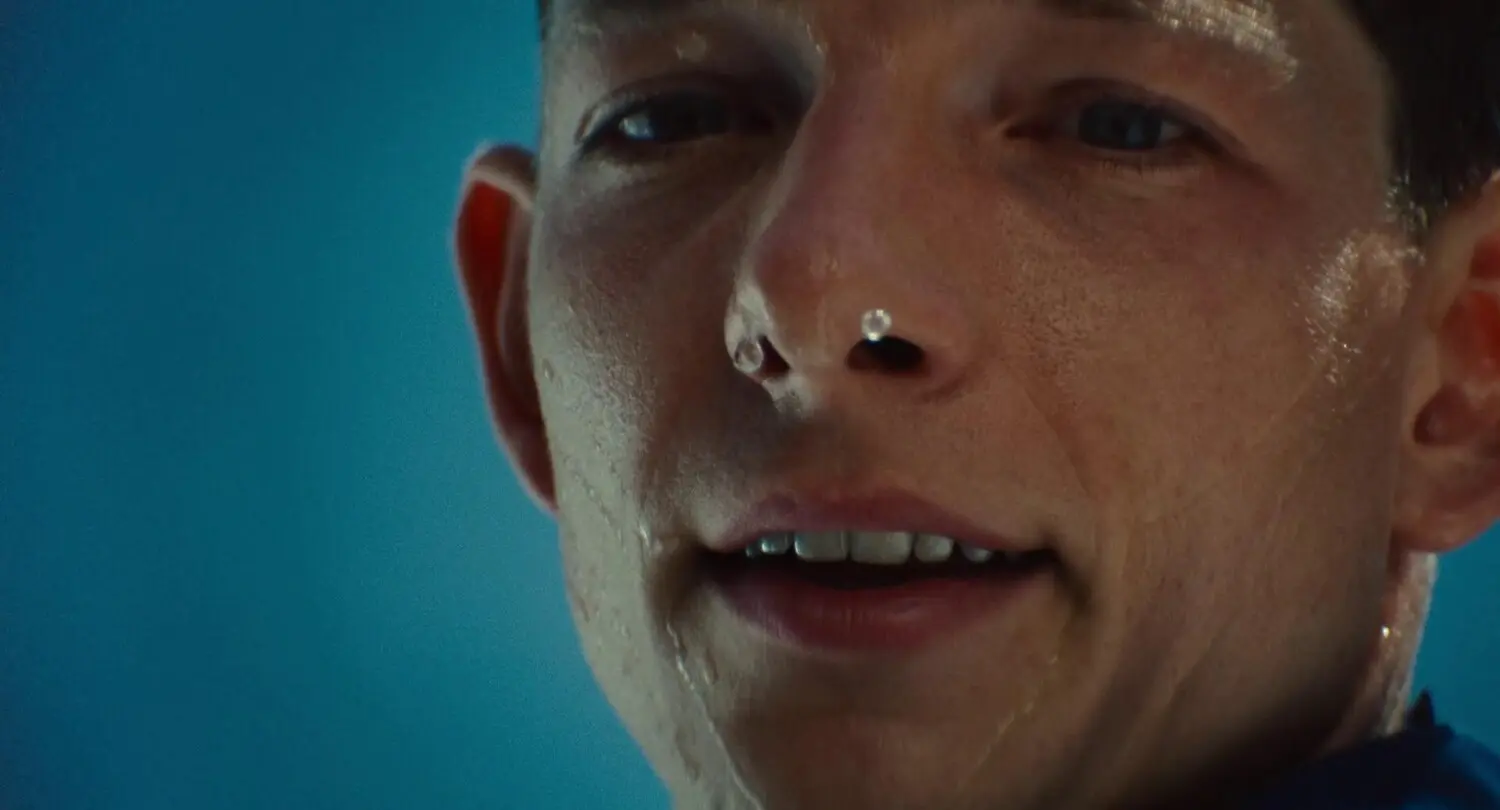


A Modern Classic
Very few films manage to leave a cultural imprint so swiftly after their release. Even Anora, last year’s well-deserved Best Picture Oscar winner, remains under the radar for most audiences. And while it, too, dives into themes of sexual politics and tangled human behavior, its hyper-realistic arthouse sensibility didn’t quite strike the same electric cultural chord that Challengers did when it dropped in April.
This might sound hasty, but Challengers—along with perhaps one or two other standouts from 2024—already feels like a modern classic. Why? Much of it comes down to this: it’s a film that not only tapped into this generation’s desires, but also stood as a singular visual statement from an auteur and his creative dream team—hitting (or should we say, serving) all the right notes at exactly the right time.
All photos courtesy of Kinorium (unless specified)

